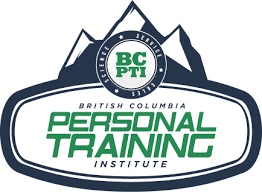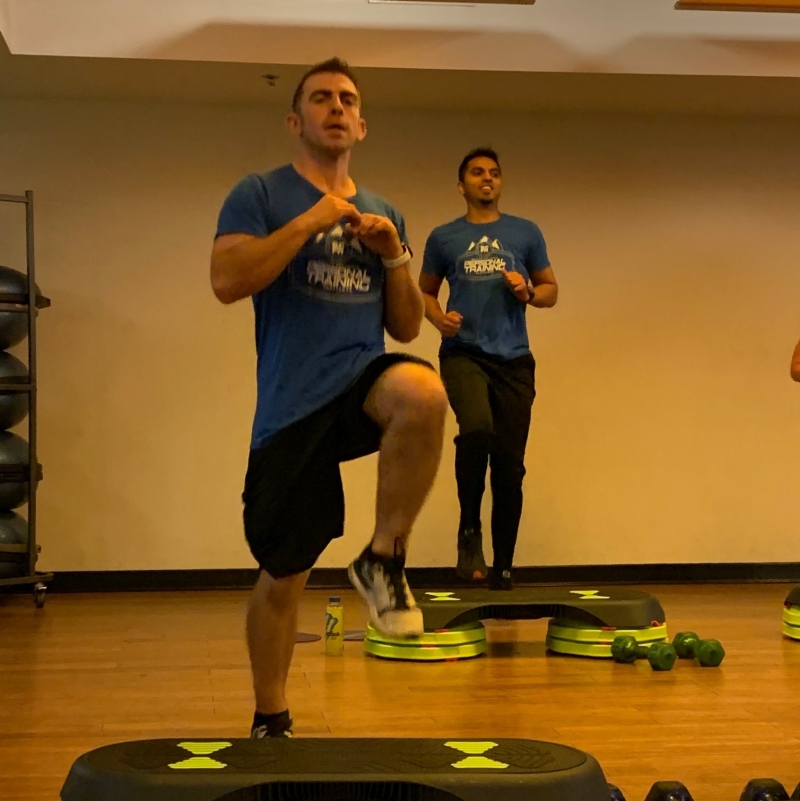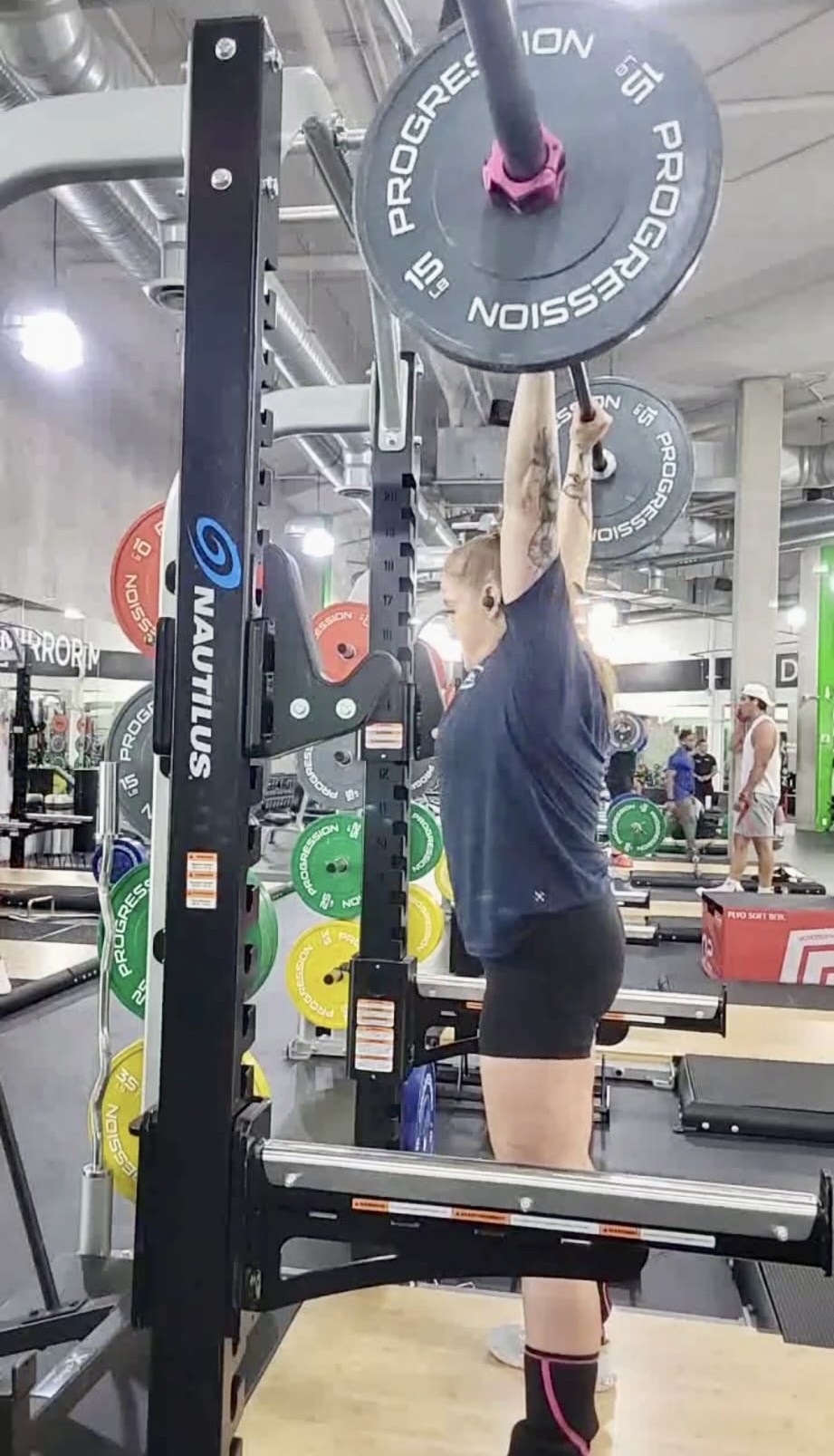While, as trainers, we always want our clients to be safe and healthy, we sometimes have to help them deal with injury, illness or changes in their lives that affect their ability to workout. We’re happy to say that Matt has recovered successfully from his work accident and the added benefit of his experience was the empathy gained for future clients who might go through similar issues with pain and recovery. Teaching clients about myofascial lines and showing them foam rolling and corrective exercises can help close the gap between rehab and fitness. Note: working with other professionals i.e. chiropractor, physiotherapist, etc. means we can help clients return to their programs safely and with confidence.
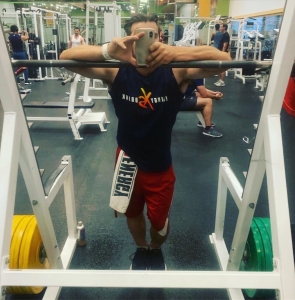
An interesting topic that was covered in the course was myofascial lines. This is something that I hadn’t known about before enrolling in this course, but that, as an athlete, I had already been utilizing to a small degree. There are two different lines that run down the front and back of the body, two lines that cross the front and back sides of the body, and one that runs down on either side. This really helps identify, on top of knowing how muscles react and coordinate through stresses, how being sore or tight in one spot could correlate with a problem rooted somewhere else down a particular fascial line.
I had recently injured my neck and had just got back into the gym. I was doing a back workout and ended up having to skip almost every single exercise. I had thought, since I was starting to feel a lot better, that these exercises wouldn’t affect my neck. But muscles triggered right away on my dead-lift, seated cable rows, and even eventually on lat pull-downs and reverse grip lat pull-downs. I’m usually one to push my limits when I workout and I could have decreased the weight and tried again on any of these exercises, but I didn’t want to risk agitating my injury and making it worse. I just worked my biceps and lengthened my cardio at the end. I am looking at this as a first-hand learning opportunity as to what my clients may be going through if they are recovering from an injury and how to help them strategically workout around it.
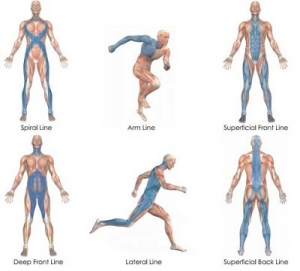
While no foundational personal training certification qualifies you to be a rehab professional, we know that many of our clients are going to have postural issues or low-level pain/discomfort. At BCPTI we teach our students assessments to determine whether or not they are qualified to help a client (or if they need to be referred to another professional first.) Assuming the client is cleared for exercise, we then personalize their program with a customized warm-up including foam rolling, stretching, dynamic mobility and core stability to ensure they are prepared to move successfully in the workout ahead. Then, choosing exercises for the workout is a combination of what they will be able to perform successfully (regressions/progressions,) they type of exercises they need to do to achieve their goal (weight loss, lean body mass, sports conditioning, wellness) AND the style of exercise they prefer/enjoy!
Interested in learning more about our program? Want to join our next class in January 2020? Click here!
